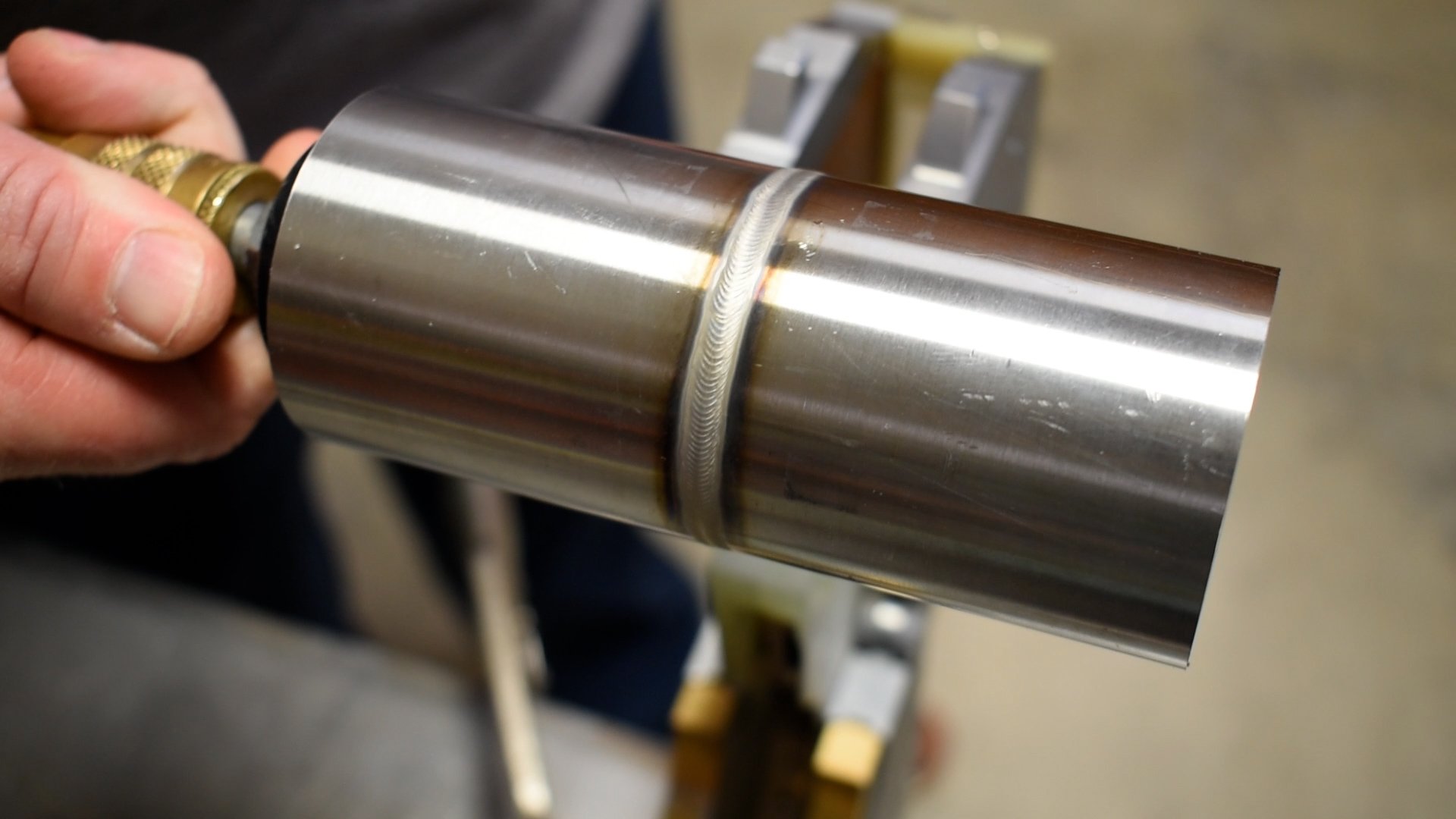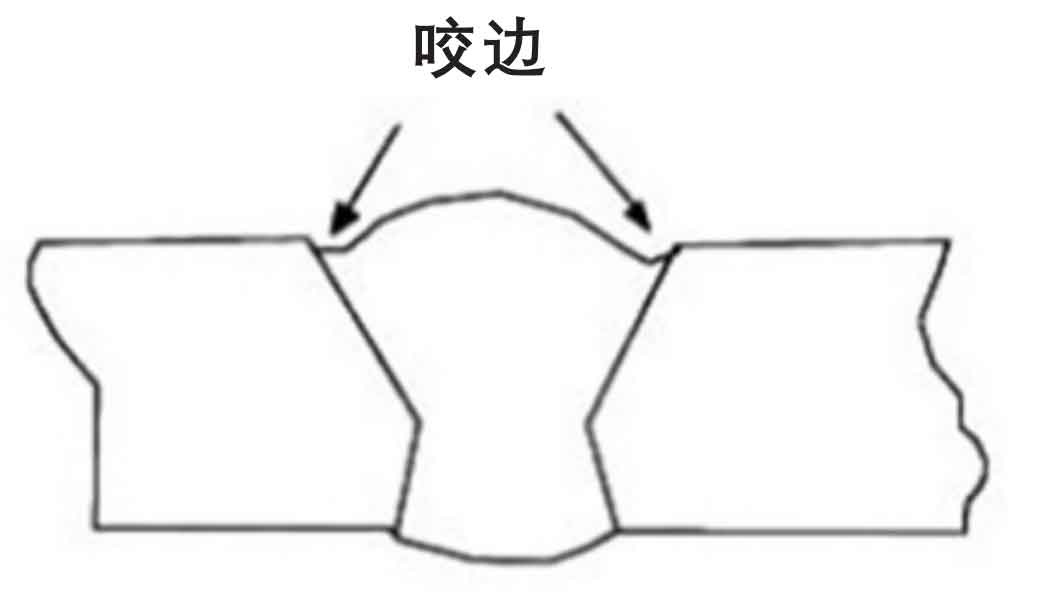Preventing Weld Undercut Demystified: Techniques for Success
Preventing Weld Undercut Demystified: Techniques for Success
Blog Article
Vital Tips for Welders: Avoiding Undercut Welding and Ensuring Stronger Weld Joints
In the world of welding, accomplishing solid and resilient weld joints is the keystone of creating premium work. One common obstacle that welders commonly come across is undercut welding, which can jeopardize the integrity of the weld joint.
Recognizing Undercut Welding
Undercut welding is an usual welding flaw that occurs when the weld steel falls short to properly fill the groove and results in a groove-like anxiety along the weld grain. This defect deteriorates the weld joint, making it vulnerable to cracking and failing under stress. Undercutting can be created by different variables, including extreme welding existing, high welding rate, improper electrode angle, inaccurate electrode dimension, and poor welding method.
Among the major reasons for undercut welding is a discrepancy in between the welding existing and the welding speed. If the welding current is as well high or the welding rate is also quickly, the weld metal may not adequately fill the groove, causing damaging. Additionally, using an electrode that is as well big can cause a comparable outcome, as the excess metal can not correctly stream right into the groove.
To protect against undercut welding, welders should ensure they are using the right welding specifications, keep a suitable electrode angle, choose the suitable electrode size, and method correct welding strategies. By addressing these factors, welders can reduce the risk of undercutting and create stronger, more dependable weld joints.
Appropriate Welding Method
Efficient welding method plays a critical duty in making certain the top quality and honesty of weld joints. Correct welding strategy includes a combination of precision, adherence, and skill to best techniques. One basic element of appropriate welding method is maintaining the correct angle and range in between the welding gun and the workpiece. Welders must additionally pay very close attention to the traveling rate and warmth input to avoid issues like undercutting, porosity, or insufficient combination.
Furthermore, a stable and consistent hand activity is vital for creating solid and long lasting weld joints. Welders should intend for smooth, uniform activities to guarantee even distribution of the weld product. Proper adjustment of the welding gun and filler product is also crucial to attaining ideal infiltration and fusion.
In addition, controlling the warm input and selecting the suitable welding criteria based on the material being bonded are crucial consider achieving top notch welds - Preventing weld undercut. Welders should comply with the advised settings offered by welding treatment requirements and adjust them as needed based upon the specific requirements of the job. By understanding proper welding techniques, welders can considerably boost the strength and dependability of their weld joints
Selecting the Right Electrode
Keeping the correct angle and distance between the welding gun and the workpiece is essential when taking into consideration the importance of choosing the best electrode in welding applications. The choice of electrode plays an important function in figuring out the high quality and stamina of the weld joint. Electrodes are available in different kinds, each created for certain functions and materials.
First of all, choosing the proper electrode diameter is vital. Thinner electrodes appropriate for welding thin materials, while thicker electrodes are better for thicker products and greater warm applications. Matching the electrode diameter to the thickness of the workpiece aids attain a well balanced weld.
Second of all, understanding the product composition of the electrode is essential. Different electrodes are developed for welding specific products like steel, stainless steel, light weight aluminum, or cast iron. Making use of the correct electrode material ensures great fusion and decreases the danger of problems in the weld.
Last but not least, thinking about the welding setting and method is crucial when selecting the electrode kind. Certain electrodes are much better suited for overhead or upright welding settings, while others work well for level or horizontal placements. Choosing the right electrode based upon the welding technique boosts the general weld quality and stability.
Preparing the Base Metal
To guarantee an effective welding procedure, what initial actions should be taken when preparing the base metal for welding? Appropriately preparing the base metal is critical for accomplishing solid and long lasting weld joints. The primary step in preparing the base steel is to clean it extensively to remove any type of contaminants such as rust, dirt, oil, or paint. This can be done using a cable chemical, grinder, or brush solvents. In addition, any existing weld product or deposit from previous welding should be eliminated to ensure a clean surface area for the brand-new weld.

Carrying Out Post-Weld Evaluations

After carrying out these assessments, welders should compare the outcomes versus market standards and project needs to make certain that the weld joint satisfies all needed criteria. Any kind of inadequacies or deviations uncovered throughout the post-weld evaluation should be without delay resolved with appropriate rehabilitative procedures to ensure the weld's integrity. By faithfully doing post-weld evaluations and without delay attending to any concerns, welders can maintain the quality and integrity of their work, inevitably adding to the safety and security and durability of go the welded frameworks.
Conclusion

Finally, protecting against undercut welding and guaranteeing more powerful weld joints need a mix of correct welding technique, picking the right electrode, preparing the base metal appropriately, and carrying out post-weld inspections. By comprehending the reasons for undercut welding and carrying original site out the necessary safety measures, welders can generate premium weld joints that fulfill industry requirements and ensure the structural stability of the bonded components.
Undercut welding is a typical welding issue that occurs when the weld metal falls short to properly fill up the groove and results in a groove-like clinical depression along the weld grain (Preventing weld undercut). Undercutting can be triggered by different variables, including extreme welding present, high welding rate, inappropriate electrode angle, incorrect electrode size, and bad welding strategy
One of the major reasons for undercut welding is an imbalance between the welding present and the welding rate. If the welding current is also high or the welding rate is too fast, the weld metal may not effectively load the groove, leading to damaging.Keeping the correct angle and distance between the welding gun and the workpiece is fundamental when thinking about the value of selecting the ideal electrode in welding applications.
Report this page